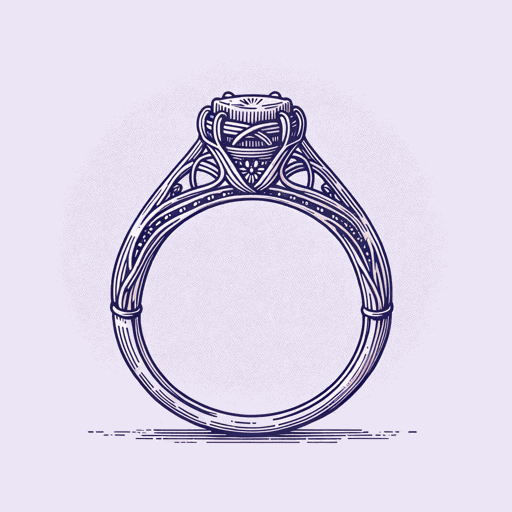49 pages • 1 hour read
Thomas Middleton, William RowleyThe Changeling
Fiction | Play | Adult | Published in 1622A modern alternative to SparkNotes and CliffsNotes, SuperSummary offers high-quality Study Guides with detailed chapter summaries and analysis of major themes, characters, and more.
Themes
Religion and Sin
The religious symbols and allusions replete throughout The Changeling serve two purposes: They support the play’s critique of Catholic Spain and emphasize Beatrice’s moral fall. The Changeling was originally performed in 1622, a time when many in Jacobean England—which was predominantly Protestant—were suspicious of Spain. King James I of England ruled with a policy of peace and tried to align with Spain through several royal marriages. However, these policies were unpopular among the public and faced critique in literature produced during the period. By setting The Changeling in Alicante, Spain, Middleton and Rowley write characters who uphold Spanish Catholic ideals. However, these characters fall toward madness and sin as the play progresses. The tragic crimes and strong religious allusions outlined in the play offer a negative critique of Spanish society and England’s proposed alliance with the country.
The play also develops religious allusions to condemn Beatrice’s actions and emphasize her fate, which represents the fall of man and “original sin.” The play establishes its religious commentary by starting outside a church, where Alsemero falls in love with Beatrice. Beatrice is portrayed as beautiful and virtuous, comparable to “man’s first creation” (1.1.8). Alsemero intends to marry Beatrice, legitimizing his attraction to her in the eyes of God.
Related Titles
By these authors




